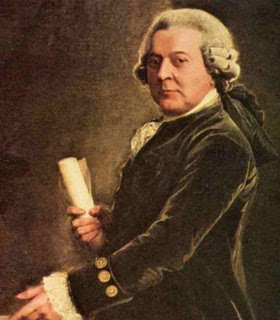Revolution, John Locke, and the theory of balanced government
2. Rational Claims for Self-Rule: The Declaration of Independence
3. The Machinery of American Democracy: A rational system of checks and balances
The abortive Articles of Confederation
The U.S. Constitution: A balance no longer between estates, but between types and sources of power
Vertical: Federal, state, county, and municipal
Horizontal: Executive, legislative, and judicial
Bill of Rights: Balance between government and individual;
Freedom “from” and the freedom “to”
4. Classical Foundations of Republican Virtue
“L’enfant’s District of Columbia
Revolutionary heroes as Roman senators
5. Republicanism to Liberalism: Tocqueville in Jacksonian America
Nature and capitalism in the new American West
6. Testing the Limits of Independence: The War for the Union and the Definition of American Democracy.



John Adams, the second president of the USA